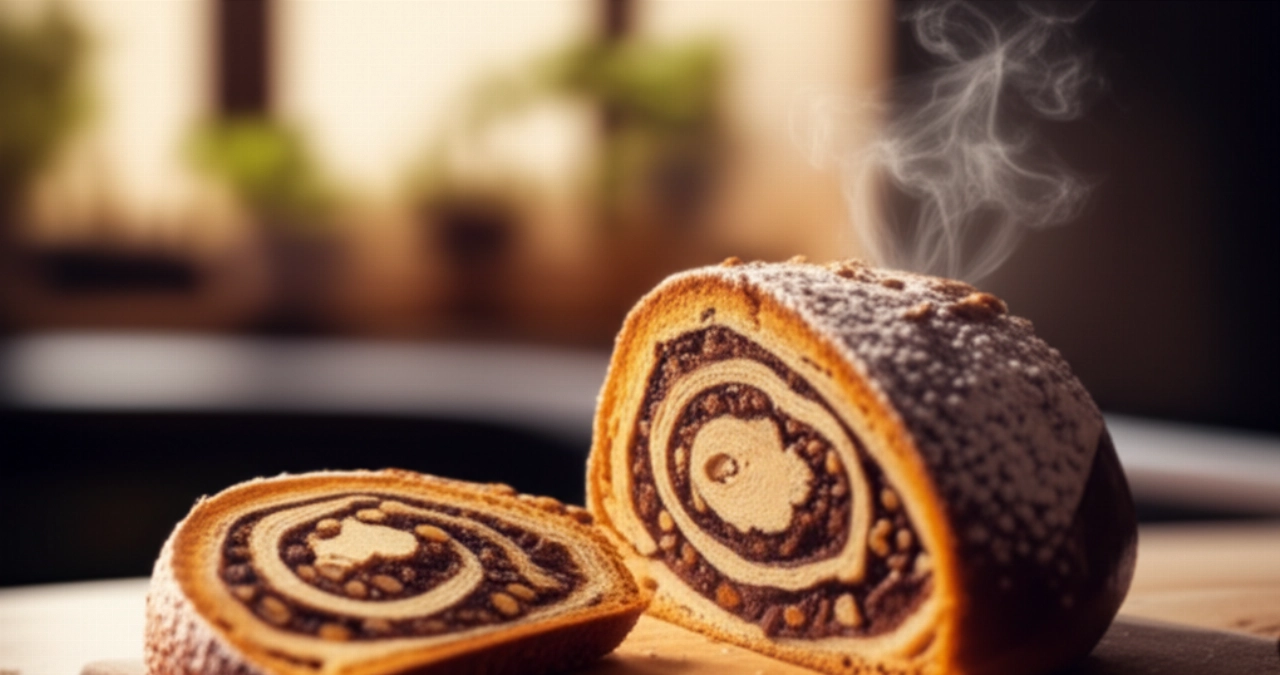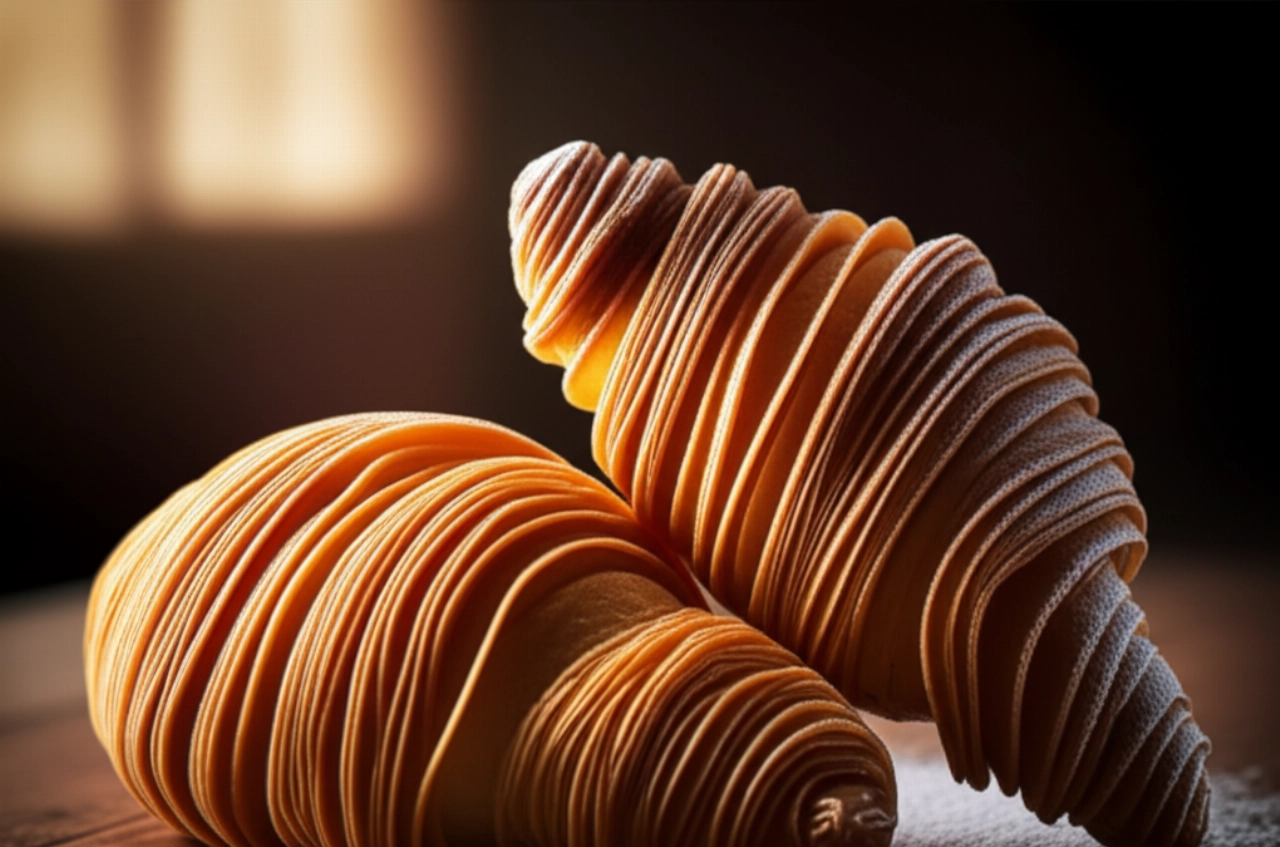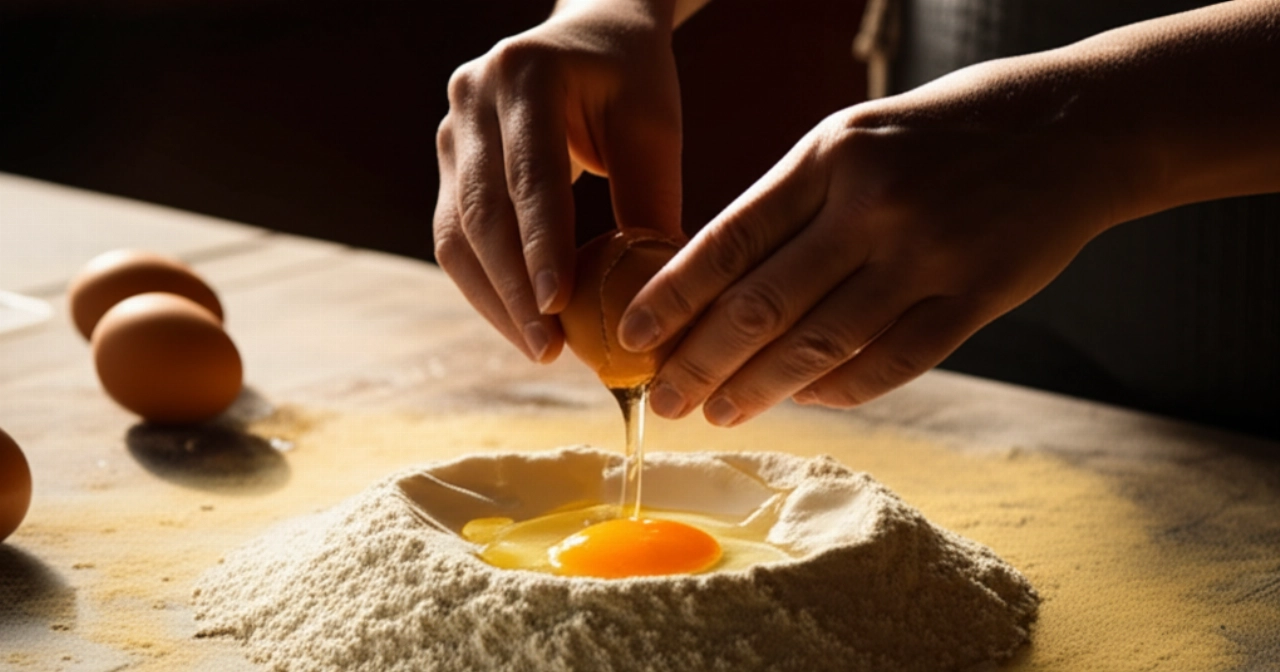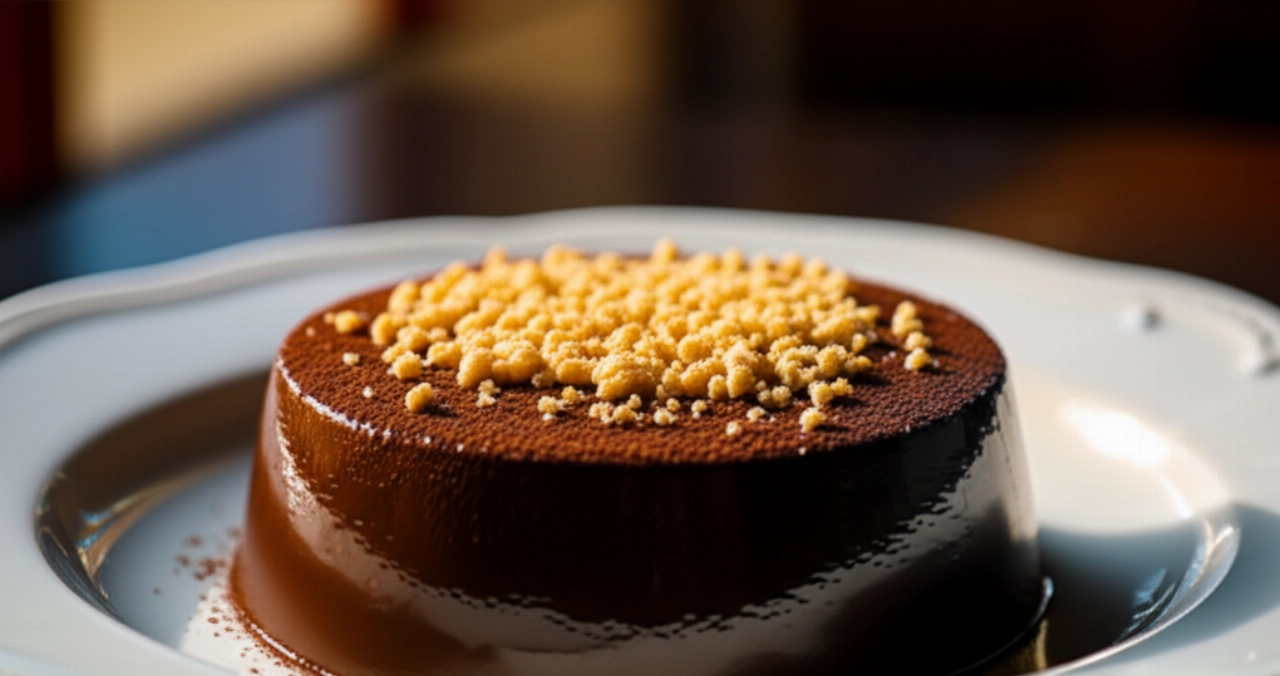There's a scent that immediately evokes warmth, comfort, and childhood memories, a sweet and enveloping flavor that embraces your soul. I'm talking about Zabaione, that golden, frothy cream that tastes of celebration and home.
But how many times have you dreamed of preparing it and found yourself afraid that the eggs would curdle, that it wouldn't whip properly, or worse, with the fear of using raw eggs? The search for the "perfect" recipe, one that gives you certainty of the result, can seem like a daunting task.
Make yourself comfortable, because today your search ends here. I won't just give you a recipe, but I'll reveal all the secrets, grandma's tricks, and chef's tips to prepare a warm, velvety, and irresistible Zabaione, guaranteeing you a success that will make you feel like a true master in the kitchen. And yes, I'll also teach you how to pasteurize eggs at home, for absolute peace of mind.
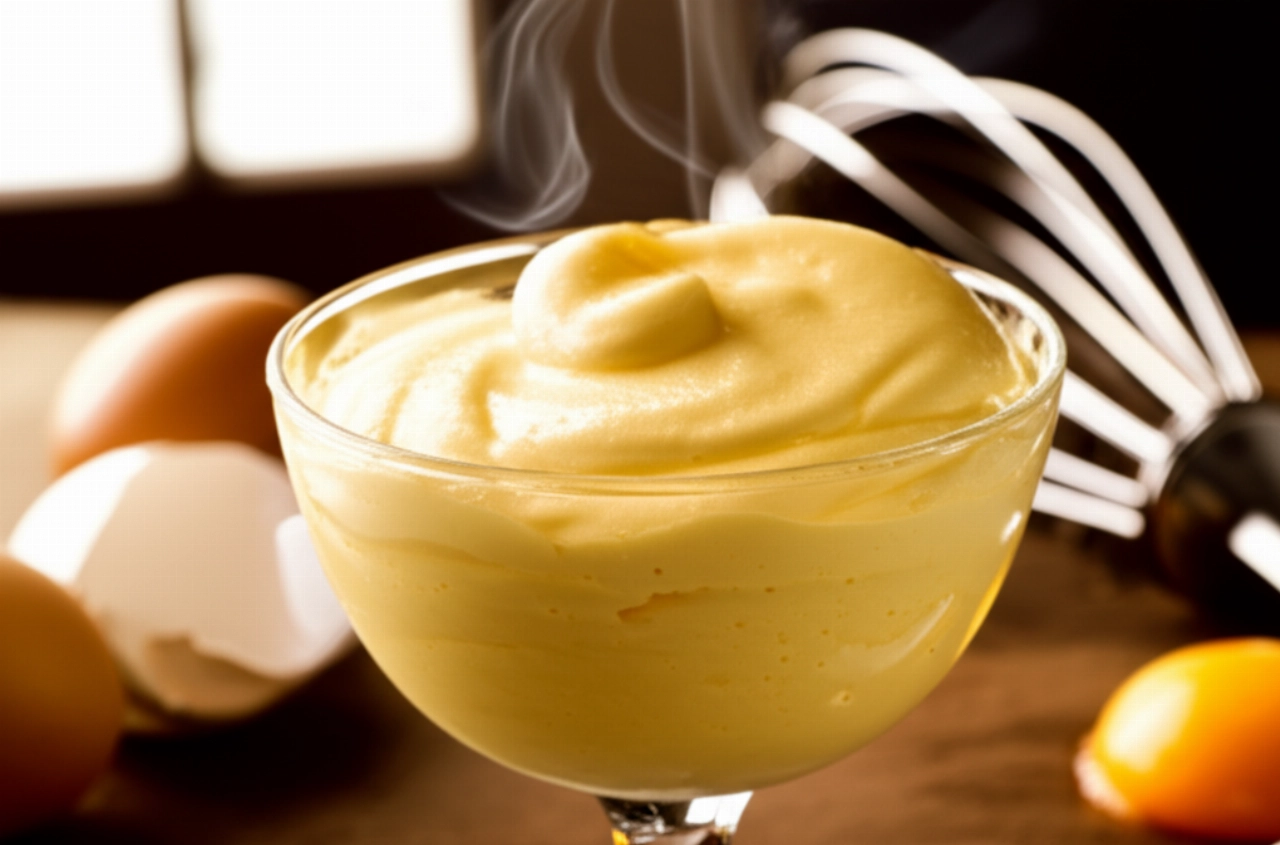
Smart Ingredients: The Choice That Makes All the Difference for a Perfect Zabaione
- Very fresh eggs: The heart of Zabaione. We'll only use the yolks, as they are the fatty part that gives creaminess and intense color. Egg whites, if present, would make it like an "omelet" and make the cream less velvety. Choose eggs from happy hens; their yolks are yellower and more flavorful!
- Granulated sugar: Not too much, so as not to overpower the taste of the eggs and Marsala. Its role is also to help whip the yolks, creating a stable structure.
- Dry or sweet Marsala Superiore? The dilemma solved! Here lies the secret to the taste. Tradition calls for Marsala Superiore, a Sicilian fortified wine. You can choose the dry version for a more decisive and less cloying taste, or the sweet one if you prefer a sweeter note. The important thing is that it's of good quality, because its aroma will be the star. Avoid substitutes or other liqueurs; you won't get the same enveloping result.
- A pinch of salt: Seems strange, right? But a tiny pinch will enhance all the flavors, making the Zabaione even more balanced.
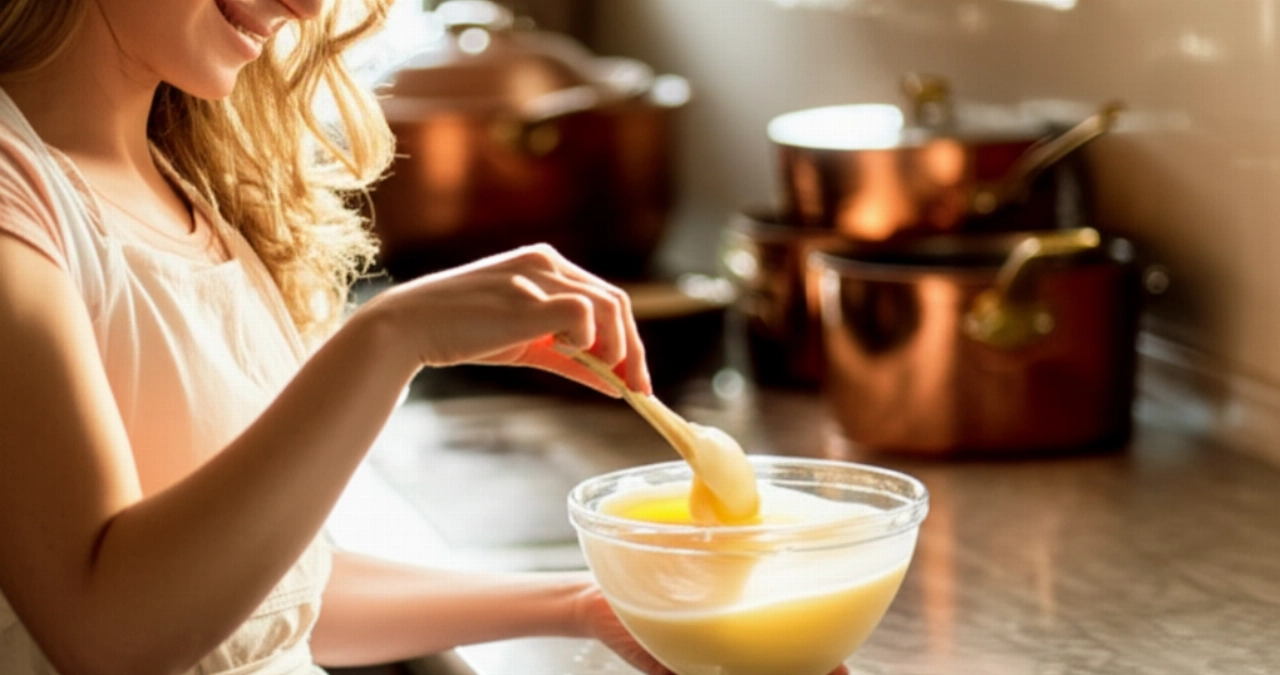
3 Common Mistakes That Can "Ruin" Your Zabaione (and How to Avoid Them)
As the most trusted kitchen guardian, I want to protect you from mistakes that often turn a dream into a disappointment. Here are the pitfalls to avoid:
- Not whipping the yolks enough: If they aren't light and frothy before cooking, the Zabaione won't have the right velvety consistency. Work them well with the sugar until you get an almost white and puffy cream.
- Cooking over too high heat or without a double boiler: This is the fatal mistake! Direct and too intense heat will curdle the eggs, turning your cream into a sweet omelet. Zabaione requires love and patience, always cooked in a double boiler, with gentle and constant heat.
- Stopping stirring during cooking: You can't get distracted for a moment! Stir continuously with a whisk, from bottom to top, to prevent the eggs from sticking to the bottom and overcooking. Consistency is key for a smooth and homogeneous cream.
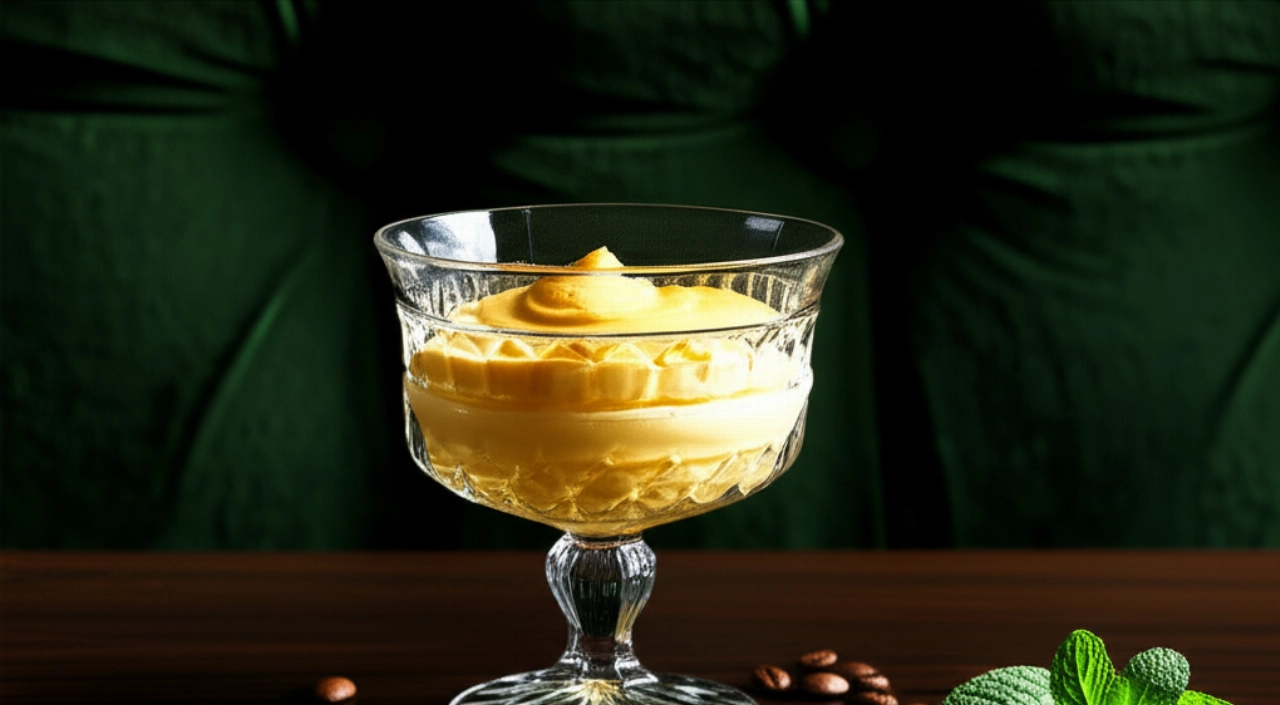
Grandma's Secret: That Extra Touch for an Award-Winning Zabaione
My grandma, when she prepared Zabaione, always told me: "Remember, darling, Zabaione isn't just a recipe, it's an emotion. And emotion must be whipped with love and patience." Her trick? Using a copper bowl. Copper is an exceptional heat conductor and helps distribute heat evenly, avoiding sudden changes that could curdle the eggs. If you don't have a copper bowl, a thick-bottomed stainless steel one will work perfectly, but remember never to let the double boiler water boil!
Let's Prepare Zabaione Together: The Step-by-Step Guide for Guaranteed Success
Ingredients:
- 4 very fresh egg yolks (approx. 80g)
- 80g granulated sugar
- 80ml Marsala Superiore (dry or sweet, your choice)
- A pinch of salt
Tools:
- A heatproof bowl (ideally copper or stainless steel)
- A hand or electric whisk
- A saucepan for the double boiler
- A kitchen thermometer (optional, but recommended for pasteurization)
Instructions:
- Prepare the double boiler: Fill a saucepan with about two fingers of water. Bring the water to a gentle simmer, without letting it boil vigorously. The bowl you'll use for the Zabaione should not touch the water, but only be heated by the steam.
- Whip the yolks with sugar: In a large bowl, combine the yolks with the sugar and a pinch of salt. Begin to whisk vigorously with a hand whisk (or electric, if you prefer) for at least 5-7 minutes. You should obtain a light, puffy, and frothy cream, almost white. This step is FUNDAMENTAL for success.
- Add the Marsala: Incorporate the Marsala in a thin stream, continuing to whisk. The mixture will become more liquid; this is normal.
- Cook in a double boiler (and pasteurize): Place the bowl over the saucepan with gently simmering water. Continue to stir WITHOUT EVER STOPPING with the whisk, using movements from bottom to top. You'll see the cream begin to thicken and expand.
- For pasteurization: If you have a thermometer, bring the cream to a temperature of 82-85°C (180-185°F) and maintain it for at least 1 minute. This way, the eggs will be pasteurized and safe to consume. If you don't have a thermometer, continue stirring until the cream is very thick, shiny, and "writes" (i.e., when you lift the whisk, the cream that falls forms a ribbon that doesn't immediately flatten). This will take about 8-12 minutes.
- Serve immediately: Zabaione is delicious enjoyed warm, freshly made. Pour it into individual cups and serve immediately.
Tips and Frequently Asked Questions about Zabaione
- Can I use other liqueurs instead of Marsala?
Certainly, you can experiment! Some variations include the use of Vin Santo, Port, or even rum. However, for the classic recipe and authentic flavor, Marsala is irreplaceable. - Can Zabaione be prepared in advance?
Zabaione is at its best when freshly made, warm and frothy. If you absolutely must, you can prepare it an hour in advance and keep it in a turned-off double boiler, covered, stirring occasionally. It's not advisable to store it in the fridge for longer, as it would lose its consistency and lightness. - Why did my Zabaione "curdle" or become lumpy?
Most likely, you cooked it over too high heat or stopped stirring. Remember: gentle and constant heat, stirring non-stop. If it happens, try blending it with an immersion blender to regain some creaminess, but the original consistency will be difficult to restore. - Can I use whole eggs?
No, for classic Zabaione, only the yolks are used. Egg whites, rich in protein, would tend to coagulate too quickly and make the cream less velvety, with a consistency more similar to an omelet.
There you have it! Now you no longer just have a recipe, but all the secrets to bring a Zabaione to the table that tastes of comfort, tradition, and pure magic. You've learned to master eggs, choose the right Marsala, and achieve that creaminess that will make you feel like a true chef.
Don't be afraid to experiment. Cooking is an act of creativity and love. But start with this solid base, and you'll see that applause won't be lacking. Prepare this Zabaione for a special evening, for a dessert after dinner, or simply to indulge yourself a little.
Have you tried our recipe? We're very curious to see your masterpiece! Leave a comment below, tell us how it went, or share a photo on Instagram by tagging @CercaRicette.it. If you loved this recipe, you can't miss our guide on how to pasteurize eggs at home or our recipe for a perfect pairing like Homemade Ladyfinger Tiramisu.
